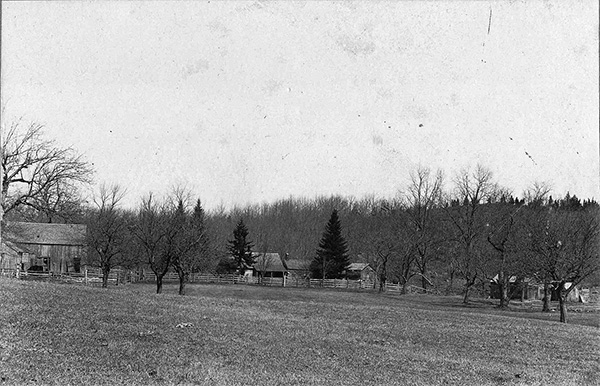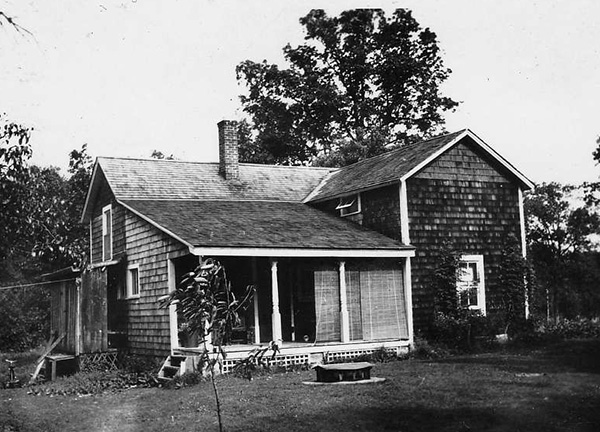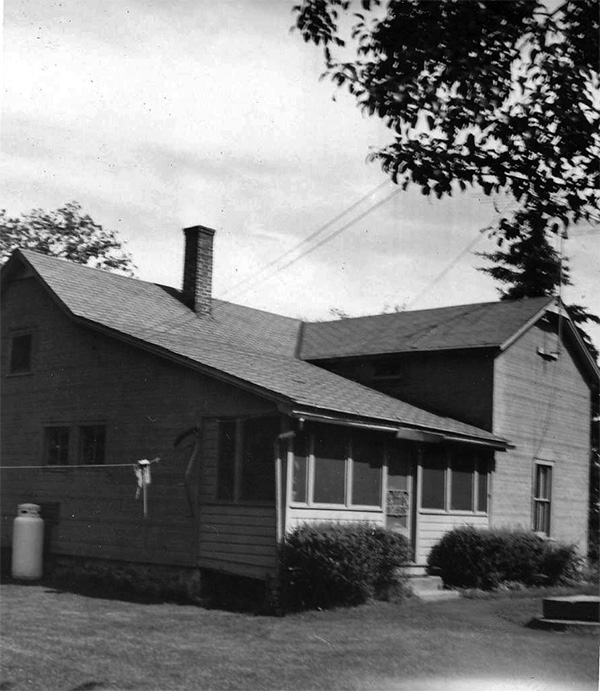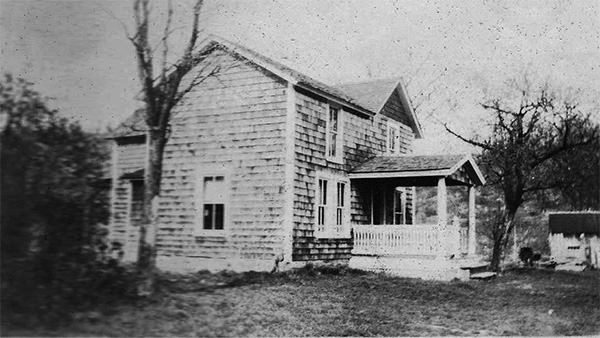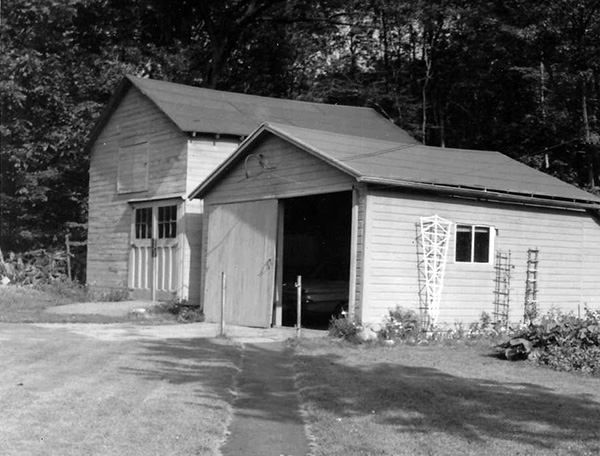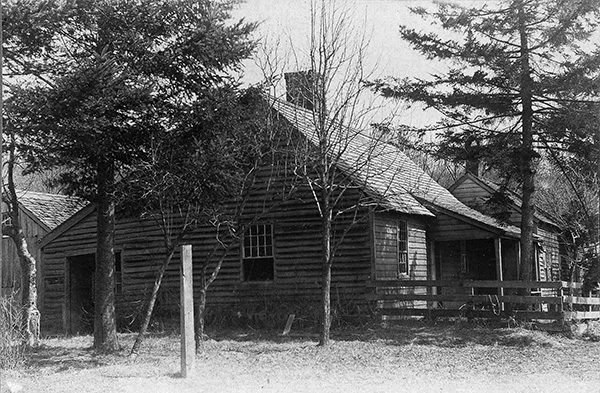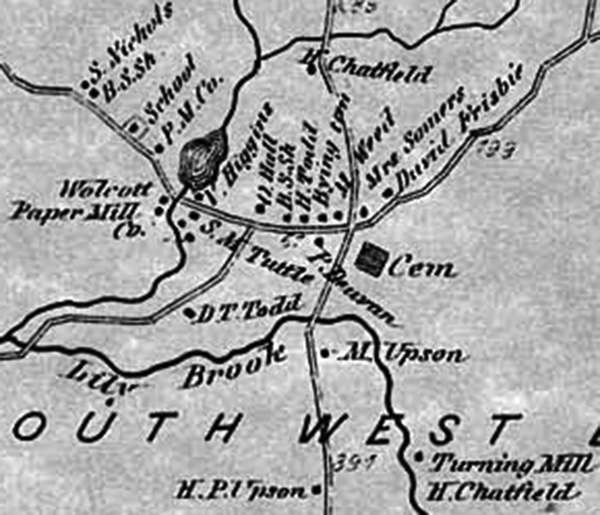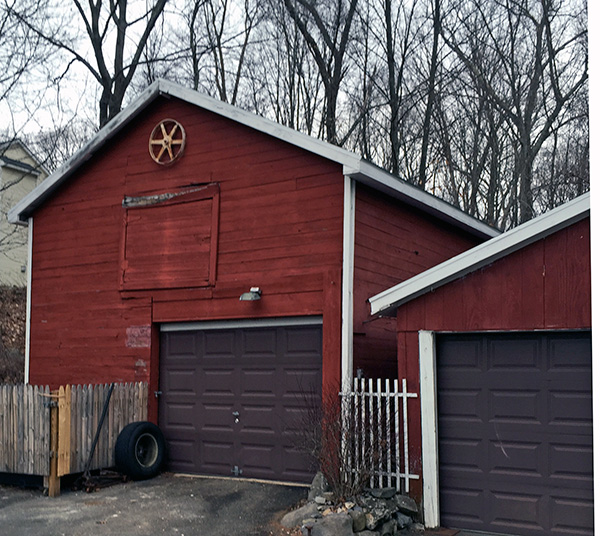|
|
||||||||||||
 |
 |
|
Wolcott Historical Society News - May 2016 By Florence Goodman Throughout history Wolcott has been home to a variety of industries. The mighty Mad River drew early settlers to its banks where they built many mills. We had sawmills, gristmills, carding mills, fulling mills, cider mills and cloth mills built along this fast flowing river.
By the early 1800s the town's population had grown to 948 residents and they were in need of supplies that these mills provided, but there were also other industries in demand. Seth Thomas had begun to build his clocks on Spindle Hill and local residents helped by making wooden gears out of the laurel that grew there. The farmers grew flax that was used to make the cords for these clocks while carpenters made wooden cases and the Yankee Peddlers sold them in the South. Farmers also raised sheep for wool and cows for dairy products while growing corn, buckwheat, rye, oats hay, potatoes, beans, and fruit for their families to sell and barter.
On the town green or Benson's Hill as it was called in those early days, one could find several hotels, a general store, a post office, and a blacksmith and wheelwright shop. Local residents as well as others from surrounding areas supported these early shops.
Along the Waterbury/Wolcott border on Wolcott Road the Wakelee family ran a large granite quarry. The granite was cut and loaded onto wagons and supplied the foundations for numerous homes throughout our town. It also supplied the granite for St. John's Episcopal Church in Waterbury and our stone schoolhouse on Nichols Road that was built in 1821. The Woodtick region of town was growing in leaps and bounds during this time period, which lead to the development of an important manufacturing district there.
The rise of manufacturing in Wolcott did not diminish the need for farms as a way for families to survive. The barns that still remain are a constant reminder of this sustainable way of life. This month I will share the location and a brief history of another farm and the one barn that still remains in the Woodtick district of town.
The Samuel Nichols Blacksmith shop was located on the bend at 113 Nichols Road just west of the stone schoolhouse as shown on the 1865 map. This was one of three blacksmith shops found in the town at the time. This blacksmith shop was part of the original David Pardee homestead. Rachel Pardee married Erastus Nichols in 1819 and they lived on the family farm and had seven children. Their son Samuel who was born in 1823 married Charlotte Wells. He and Charlotte lived on the family farm and maintained it for many years. Samuel also worked as a blacksmith at his residence. The blacksmith shop was in existence as early as the mid 1830s and thrived well into the 1880s. Samuel died in 1889. This large farm was owned by the Nichols family for many years and became know as the "Nichols Place." Samuel's mother, Rachel died in 1878 at age 89 and his father, Erastus died in1883 at the age of 84.
Land records indicate that the Badger and Myngheer families also owned this land. In October of 1930 a fire destroyed the barn that one hundred years earlier housed the old blacksmith shop. Charles and Isabel Myngheer purchased the property in 1932 and lived there until 1969. Their farm included pigs, goats, cows, horses, chickens and geese. Changes have been made to the house, barn and garage as well as removal of the old outhouse that stood behind the barn. Evidence of its historic past is still visible as you drive by this property today.
These barns and the farms on which they were found remain symbols of Wolcott's farming heritage. Though the farms are gone their history is everlasting. If you have knowledge of any old barns in our town and would like to share the information, please contact me at fjgtdg@gmail.com or call me at 203-879-9818.
(Information for this article was taken from The 175th Anniversary 1796-1971 by John Washburne, Waterbury Rep-American article, October 30, 1930, Samuel Orcutt's History of Wolcott, Connecticut From 1731 to 1874, an interview with Deb DuBois and pictures from her family album, Wolcott land records)
The David Pardee/Nichols farm and Blacksmith Shop circa 1901.
The Myngeer property in the 1930s.
Porch enclosed in the 1960s.
The Myngeer family owned the property from 1932-69.
The barn and garage in the early 1950s.
The David Pardee/Nichols Place. Picture taken in 1901.
S. Nichols Blacksmith shop was located on Nichols Road on the Nichols farm property as shown on this 1865 map.
The last Nichols barn is still standing today.
To view past installments of the Wolcott Historical Society News, click here.
|
|
|
[Home]
[News]
[Purpose]
[Calendar]
[Museum]
[Membership]
[History]
[Contacts]
[Links]
All material at Wolcott Historical Society Web sites Copyright © 2000-2016 Wolcott Historical Society |
